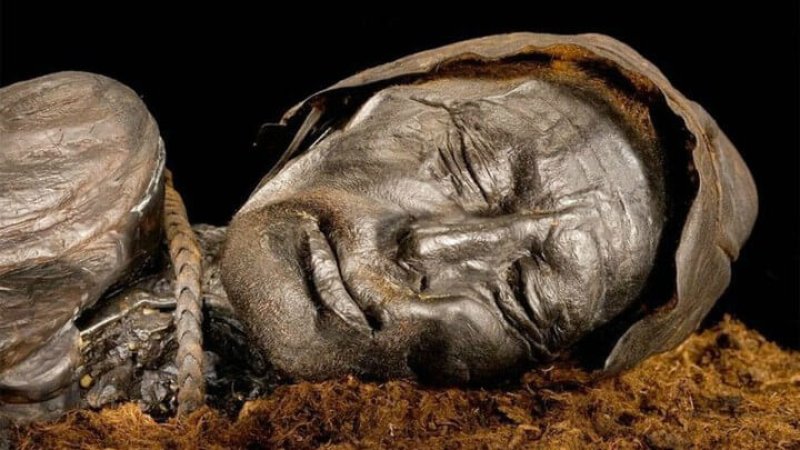The peat bogs of Ireland, Denmark, the U.K. and other European countries have yielded human remains for well over a century. These bog bodies, some thousands of years old, have been naturally preserved by the unique conditions of the bogs… Researchers have suggested a range of explanations for why the ancient bodies were left to sink into the peat bogs. Some may have been purposely buried, or perhaps drowned. Others appear to be human sacrifices.
…
Because the bogs preserve not only skin, but also internal organs and sometimes even clothes, archaeologists have a wealth of material to analyze.
The Tollund Man, for example, had eaten a meal of porridge made with linseed, barley and a few other native plants before his death. He was also suffering from an infection of intestinal whipworms.
Collectively, the information bog bodies carry with them tells us that trade networks were active in Iron Age Europe, bringing in goods from far away. The people of the day had contact with other cultures, and sometimes even traveled to faraway lands themselves. They dined on a wide variety of plants, and their diet shifted to meat in the cold winter months. They were proficient in textile production, and they kept animals for food, wool and leather.































